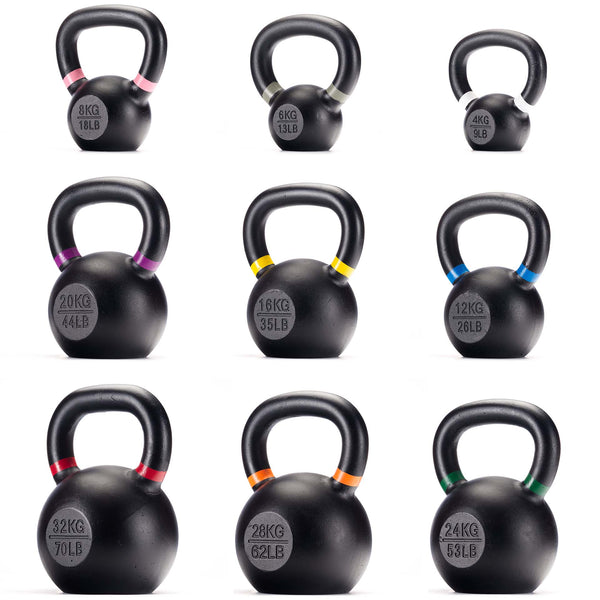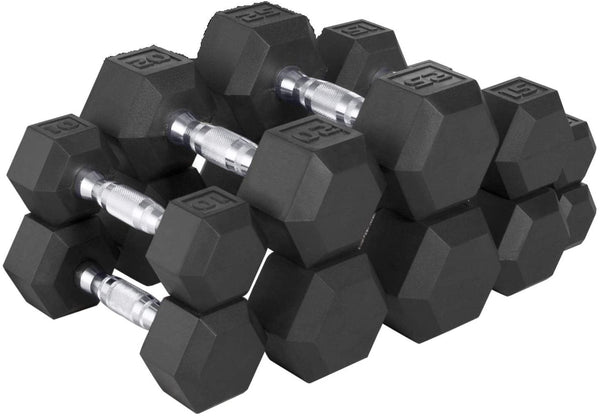Your Cart is Empty
July 31, 2023 3 min read
Hamstrings are the three muscles located at the back of the thigh. They are made up of the biceps femoris, semitendinosus, and semimembranosus. These muscles help with knee flexion and hip extension, and are important for activities such as running, jumping, and walking.
Shop The Collection: KettlebellsThese muscles also play an important role in maintaining good posture, as they keep the pelvis from tucking under and the low back from arching too much. Weak hamstrings can lead to poor posture, lower back pain, and even injury.
 Shop The Gear: MAGMA Cast Iron Kettlebells, from $10.99 USD
Shop The Gear: MAGMA Cast Iron Kettlebells, from $10.99 USD
Strengthening your hamstrings can help improve your posture, reduce the risk of lower back pain, and improve your performance in sports or other physical activities. Strong hamstrings can also help protect your knee joints by providing stability and support. Additionally, having strong hamstrings can help you move more efficiently and reduce fatigue.
Shop The Collection: DumbbellsOverall, strengthening your hamstrings can help improve your overall health and well-being.
 Shop The Gear: CAP Barbell 5-25 LB Rubber Hex 150LB Dumbbell Set, $176.99 USD
Shop The Gear: CAP Barbell 5-25 LB Rubber Hex 150LB Dumbbell Set, $176.99 USD
There are many different types of exercises that can be used to strengthen your hamstrings. Here are some of the best resistance exercises for building hamstring strength:
These exercises can all be done using a variety of equipment, including dumbbells, kettlebells, cables, and resistance bands.
When doing any type of resistance exercise for the hamstrings, there are a few tips to keep in mind in order to maximize your results and reduce the risk of injury.
By following these tips, you can maximize your results and reduce the risk of injury when doing resistance exercises for the hamstrings.
Strengthening your hamstrings can help improve your posture, reduce the risk of lower back pain, and improve your performance in physical activities. There are many different types of exercises that can be used to strengthen the hamstrings, including dumbbell Romanian deadlifts, kettlebell swings, single leg glute bridges, and cable pull throughs. It’s important to use proper form, start light, warm up properly, focus on contraction, and mix it up in order to maximize your results and reduce the risk of injury.
Shipping Protection gives you peace of mind while saving you time and money.
Shipping Protection provides coverage for eligible orders that are lost or damaged in transit, or stolen after delivery has been confirmed by the carrier. MAGMA Fitness, through its partners, administers the protection program and may receive compensation for these services. Coverage is subject to the terms, conditions, and exclusions outlined in our Shipping Protection Terms & Conditions.